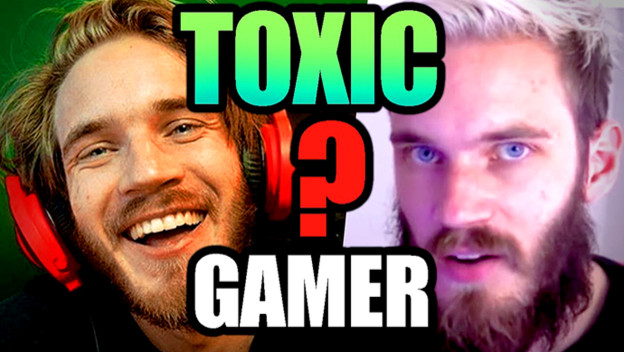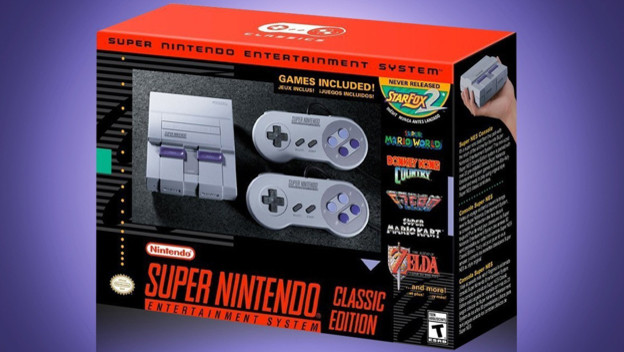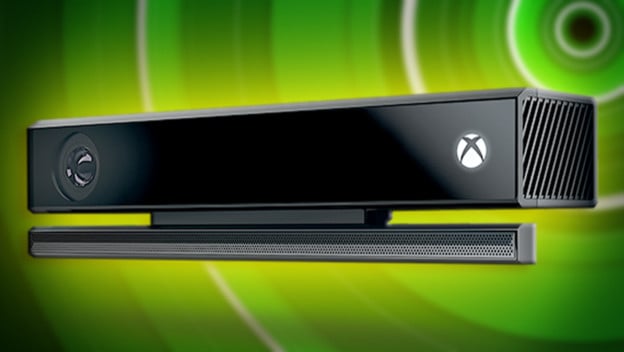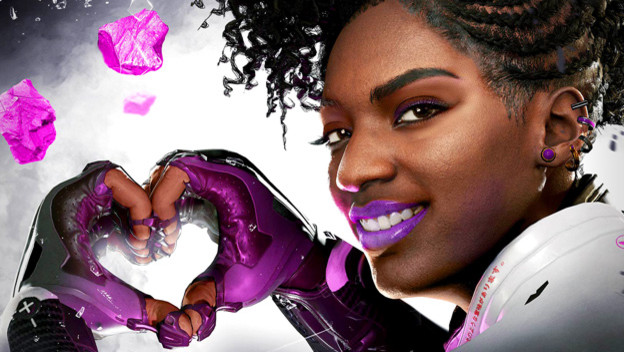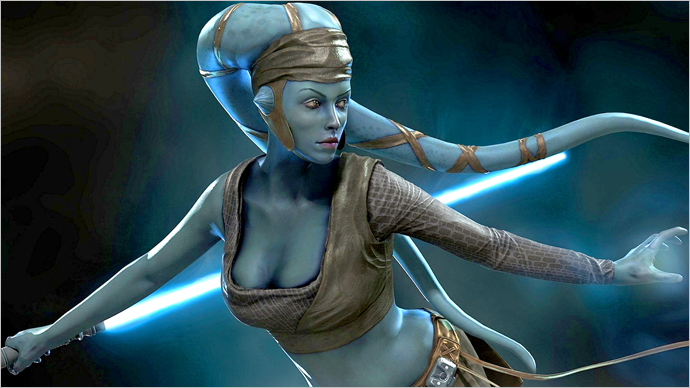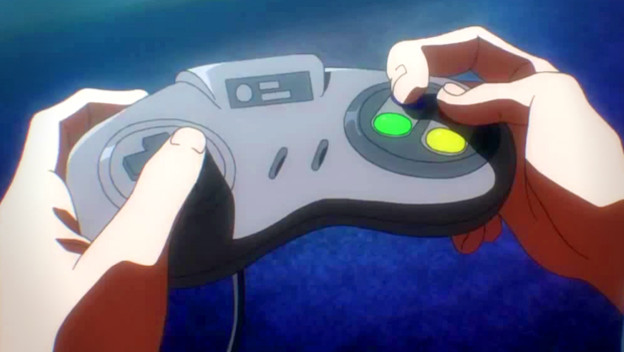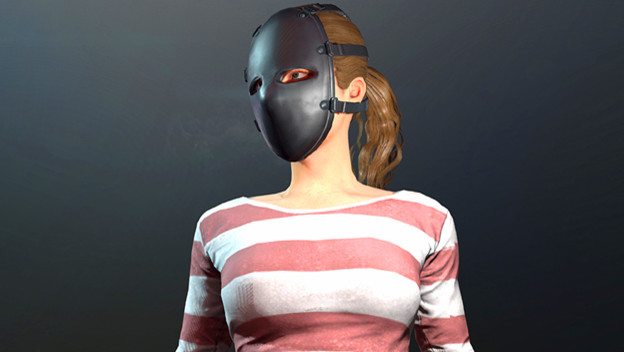
| System: Xbox One (Upgrade) |
| Dev: Microsoft |
| Pub: Microsoft |
| Release: November 7, 2017 |
| Players: 1-4 Player |
| Screen Resolution: 480p-1080p |
by Jenni Lada
We are in an era where each gaming system is practically guaranteed multiple iterations. The past has desensitized us to incremental updates. If you had an Xbox 360, you didn’t really need an Xbox 360 S or E a few years later. People with a Nintendo 3DS could get away without upgrading to a 3DS XL or New 3DS XL. This generation, we’ve already seen the PlayStation 4 Pro, a system with 4K that is focused mostly on great visuals. But now, we have the Xbox One X. Frankly, this is a system that changes the game. It makes games both with and without patches better. After getting a system and testing materials from Microsoft and putting it through its paces, I feel like the difference between the Xbox One X and the Xbox One is much more noticeable and has quite a positive impact on gaming life.
Let’s start with aesthetics, since that is the first thing you will notice when getting the Xbox One X out of the box. If you didn’t already own an Xbox One system, you might not be really impressed, but someone who owned an original model will see some big changes. It is a black box that you can easily carry and display on a shelf. The accents are very subtle. I like to think of it as a black hole. It is much heavier than it looks (even more so than the original Xbox One), is more compact than the first Xbox One or PlayStation 4 Pro, and draws your eye once installed because this is something shiny and new. It seemed quieter than the Xbox One and PlayStation 4 in my living room, something I attributed to the sealed vapor chamber that keeps the system cool like desktop PCs with liquid-cooling systems. In general, it doesn’t look bad, but I felt like Microsoft designed it with function in mind instead of form. After the “newness” wears off, it can look like just another box in a row of black gaming boxes.
The Xbox One X’s included controller’s differences are also subtle. When I first picked it up in the excitement of unboxing and setting up a new console, I didn’t even notice any alterations to the formula. Sure, there was a solid piece of matte black plastic at the top, surrounding the home button, in place of the original controller’s shiny black plastic. It wasn’t until I really settled in that I noticed minor adjustments. The back of the controller has a very slight texture to it, which makes it easier to grip. It feels slightly lighter, yet still substantial. There’s Bluetooth 2.0 and a headphone jack immediately accessible. Basically, the Xbox One controller is great, Microsoft realized it is great, and only made the most minor adjustments to make what is probably the best controller on the market even better.
Once the Xbox One X turns on, that’s when the system begins blowing your mind. One of the first things I did with it was pop in Halo 5: Guardians to play while I waited for some of my games to install. It just seemed to run better, even though its update patch was not yet available. The power of the Xbox One X’s 8-core CPU, 6 teraflop AMD GPU, and 12GB GDDR5 is evident. It loaded faster, it seemed smoother, and maybe it was just everything else working together well to make an already great game look amazing.
I also popped in Planet Earth II while I waited. This was a 4K Ultra HD Blu-ray with high dynamic range (HDR) support. This documentary looked incredible when played on the system. After all, it does have a 4K Blu-ray drive. The way the light played on animals and environments, the depth of the colors, and the sounds were extraordinary. I noticed highlights, details in feathers and leaves, could see undertones in fur, and felt like David Attenborough was sitting right next to me, describing everything. There is a reason they use nature scenes in stores to sell 4K TVs is to highlight the range of such systems and quality of the picture, and the Xbox One X clearly makes any viewing experience extraordinary. It brought out the best in this documentary.
But the real test of the Xbox One X is how well it handles games that receive updates. And the difference is more than noticeable. In each of the Xbox One X-enhanced games I played, I could see how they were improved by the additional processing power packed into this box. If it already had its patch, the game frankly became a piece of art. If it didn’t, it just seemed like it was loading and looking better. As I mentioned earlier, though games like Halo 5: Guardians and Forza Motorsport 7 did not have their updates bringing them up to Xbox One X excellence when I was playing, I noticed they were loading faster and displaying better without them. And when I went to try streaming footage from ReCore, it looked better than it did on the original Xbox One.
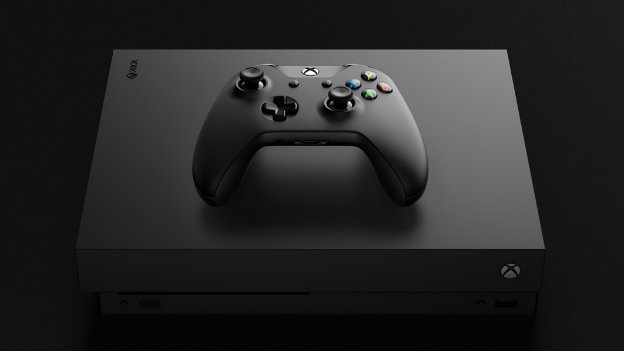
Gears of War 4 is the centerpiece of what is possible with the Xbox One X. This is what every game getting an update should be like. I was shaken when I played through it, because I did not expect the difference to be so striking. I figured it would be more similar to a standard PlayStation 4 Pro update, with improved graphics, higher frame rates, and less loading. While that is there, what with the True 4K resolution and HDR in visuals mode and 60fps gameplay and some high resolution textures in performance mode, I did not expect the other features to stand out so much. This game is not only more gorgeous than anyone would imagine on the Xbox One X, but it definitely runs much better.
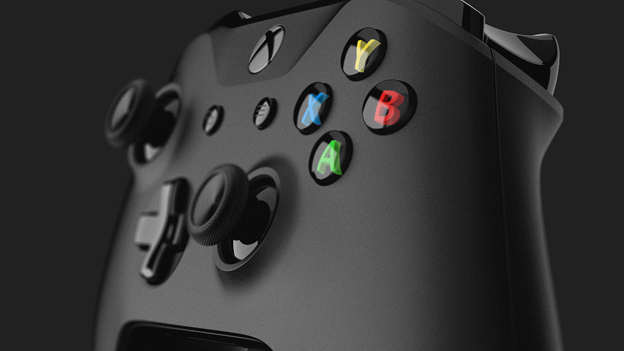
I didn’t expect the increased sense of realism when I play. I didn’t realize the draw distance would be so much better, as it was rendering even more enemies and environmental details than before. It made more sense, like J.D. was able to actually see as far as a real human would in those environments. And, while this may sound silly, the water looked incredible in Gears of War 4 on the Xbox One X. It reflected images more naturally, with maps like Forge and Gridlock looking absolutely amazing. The way the waves crashed in the former or puddles pooled in the later were a sight to see.














